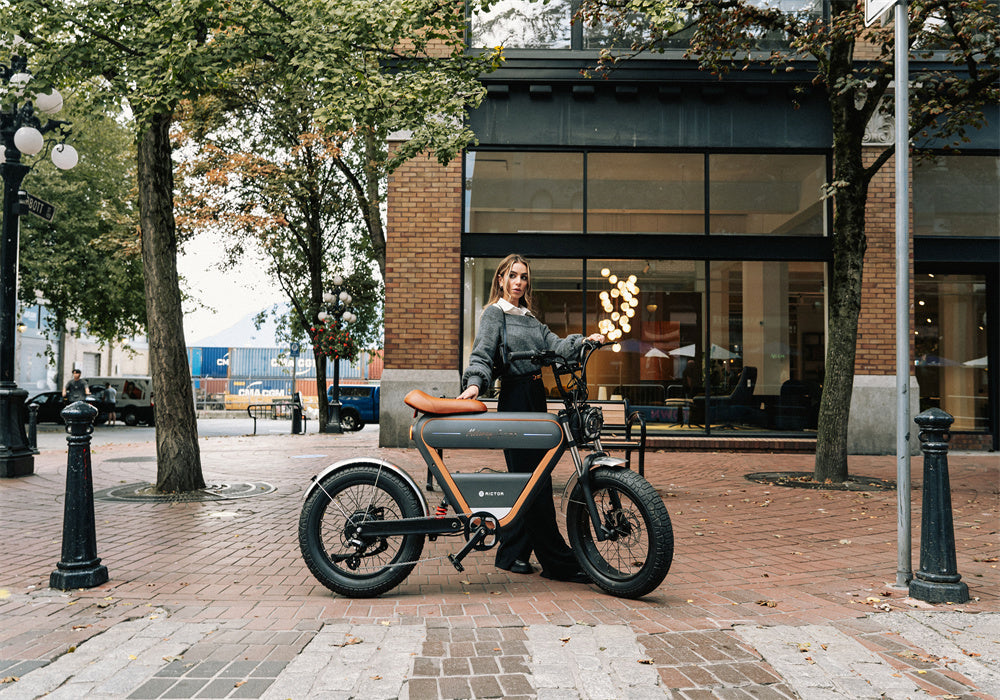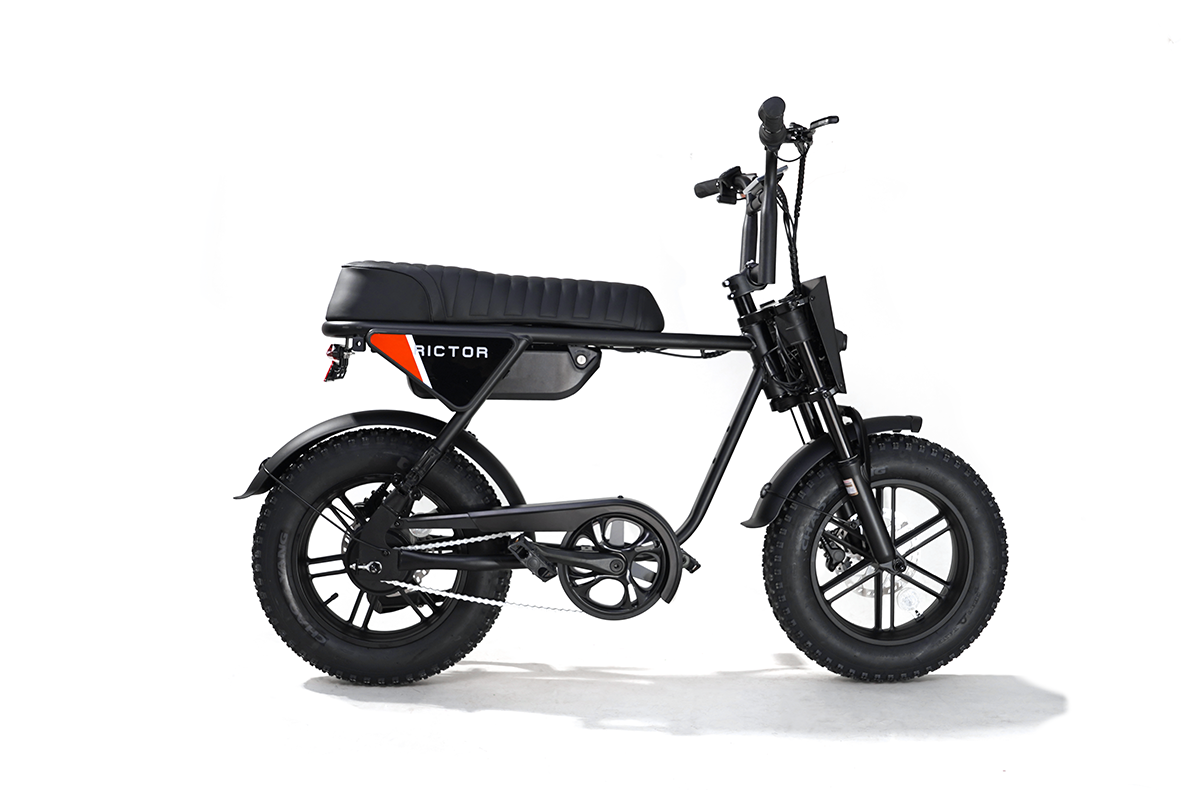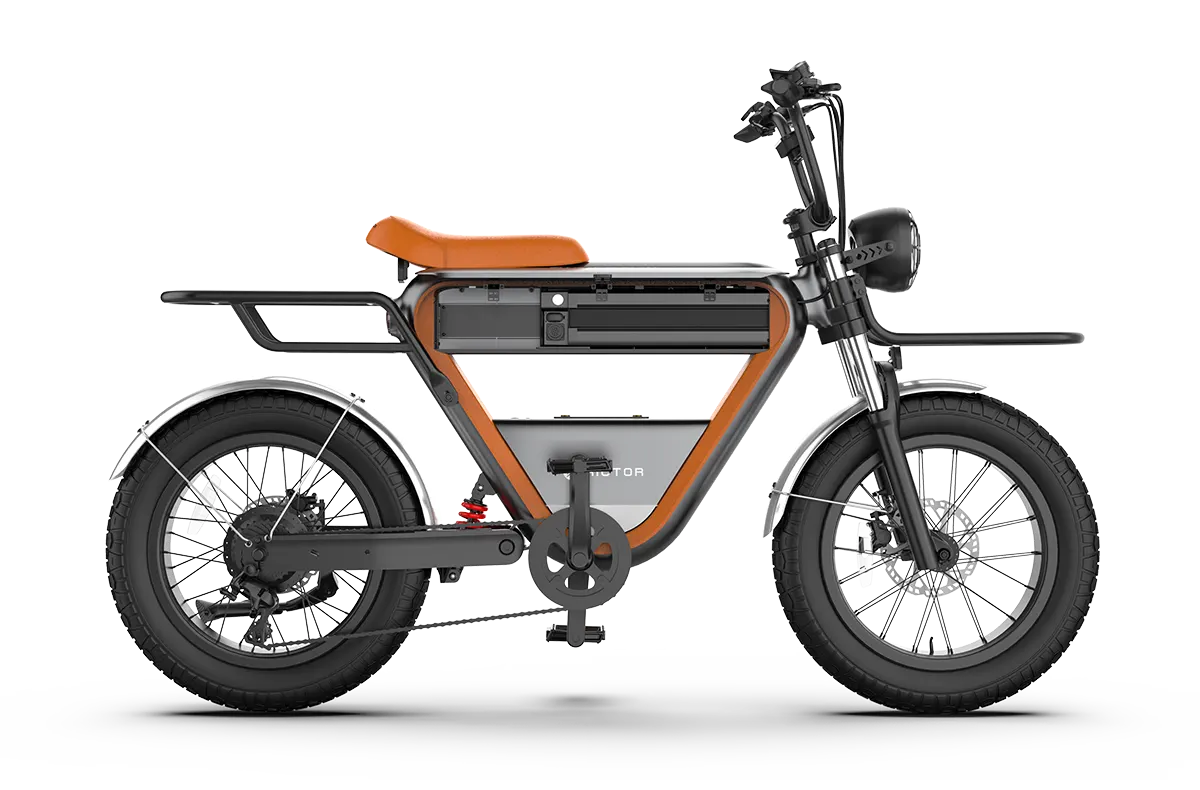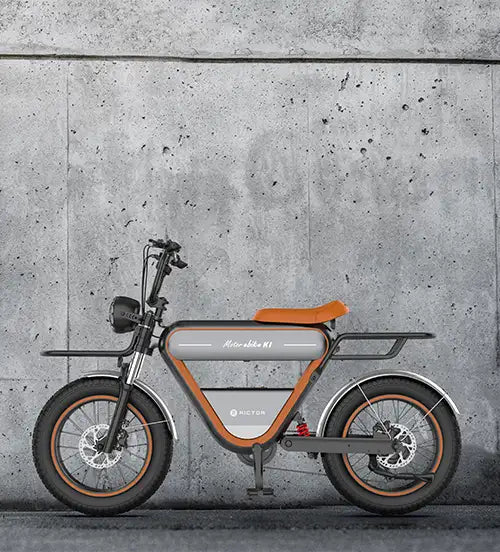
How Much is Electric Bike Battery Range Affected by Rider Weight
My friend and I recently bought new commuter electric bikes and went on our first ride together. We covered about 12 miles in an hour, with a few stops along the way. We both started with 100% battery charge, but by the end of the ride, she was at 94% while I was at 70%. Since I have the slightly larger frame and she rides the smaller frame, I’m thinking the difference in battery usage is mostly due to our weight difference. I tend to ride in 6th gear, while she prefers 4th. So, am I right in assuming that a rider weight difference of about 50 pounds makes that much of an impact on battery usage?
It’s common to find discussions online that mention how rider weight affects e-bike battery usage, often summarized in just one sentence. But how much does weight truly impact the range? In this article, you’ll find the answer and a deeper understanding of the factors at play.
How Rider Weight Affects Electric Bike Range
The battery range of an electric bike is proportional to its battery capacity, the total weight, and the rolling and grade resistance. To simplify this, you can think of the relationship as:
Range ∝ Battery Capacity / (Total Weight × (Rolling Resistance + Grade Resistance))
Where:
-
Total Weight = Bike weight + Rider weight + Cargo weight (bike weight typically ranges from 20-30 kg)
-
Rolling Resistance is directly related to weight (typically a coefficient of 0.005-0.015)
-
Grade Resistance increases as the slope becomes steeper, with heavier riders experiencing a more significant impact on their range
In simple terms, the more weight the bike needs to carry (whether from the rider, cargo, or both), the more power the motor requires to move it, which leads to a faster depletion of the battery. A heavier rider places a higher demand on the motor, especially when navigating hills or rough terrain. This is why e-bike manufacturers consider factors like rider weight and terrain when estimating range.
SEE ALSO How Much Weight Capacity for an Electric Bike
How Rider Weight Affects Range
Let’s take a look at some real-world test data to illustrate the impact of rider weight on range. The tests used a ebike motor (250W) with a 500Wh battery, riding in Eco mode (at a steady 20 km/h) on flat terrain (less than 2% incline):
| Rider Weight (kg) | Total Weight (kg) | Measured Range (km) | Range Reduction (%) |
|---|---|---|---|
| 60 | 80 | 100 | Baseline |
| 80 | 100 | 80 | -20% |
| 100 | 120 | 67 | -33% |
| 120 | 140 | 57 | -43% |
-
As rider weight increases, the total weight of the bike also increases, leading to a notable decrease in range.
-
A 20% reduction in range occurs when the rider's weight increases from 60 kg to 80 kg, and a 43% reduction happens when the rider's weight reaches 120 kg.
How Rider Weight Affects Range in Different Conditions
-
Flat Terrain (City Commuting):
-
60 kg rider: 100 km range
-
100 kg rider: 65 km range (-35% reduction)
-
-
Hilly Terrain (Mountain Riding, 8% Grade):
-
60 kg rider: 40 km range
-
100 kg rider: 22 km range (-45% reduction)
-
As seen from these examples, the impact of weight is especially pronounced in hilly terrain, where the motor needs to work harder to overcome gravity.
Why Does Rider Weight Affect Range
The decrease in range due to increased rider weight can be broken down into a few key reasons:
Increased Power Demand: Heavier riders require more power from the motor to maintain the same speed, especially when climbing hills or accelerating. This increased demand results in faster battery consumption.
Rolling Resistance: As the weight on the bike increases, the rolling resistance also increases. This means the tires have to work harder to maintain speed, which requires more power and, in turn, reduces the battery life.
Grade Resistance: If you’re riding on hilly terrain, the effect of weight is even more pronounced. As the slope increases, the motor has to work harder to overcome gravity, which further drains the battery. On a 5% incline, an extra 10 kg of rider weight can lead to a 12-15% decrease in range due to the additional force required to climb.
How to Minimize the Impact of Rider Weight on Battery Range
While rider weight is a significant factor, there are several ways to optimize your e-bike's performance and mitigate the negative impact on range:
Use Lower Assist Levels
E-bikes often have multiple assist levels, and choosing a lower assist mode can help conserve battery power. In modes like Eco, the motor uses less power, relying more on human pedaling, which reduces the load on the battery.
Tire Pressure
The tire pressure in your tires affects rolling resistance. Lower tire pressure increases comfort but also increases rolling resistance, leading to higher energy consumption. On the other hand, higher tire pressure reduces rolling resistance and improves efficiency. For example, reducing the tire pressure from 20 PSI to 10 PSI might make the ride more comfortable, but it can also decrease range. Keeping your tires inflated within the recommended range can help conserve battery life.
Opt for Larger Battery Capacity
If you're on the heavier side (over 90 kg), it’s advisable to choose an e-bike with a larger battery capacity, preferably 625Wh or more. A larger battery can compensate for the additional energy demands caused by extra weight.
Pedal More, Throttle Less
Using the throttle less and relying more on pedaling not only offers a more natural ride but also improves battery efficiency. Pedaling engages the rider’s energy, meaning the motor doesn't have to work as hard, thus conserving battery life.
Smooth and Consistent Pedaling
Maintaining a consistent, smooth pedaling rhythm helps the motor provide a steady output, making the ride more energy efficient. The motor responds more effectively to a steady cadence, especially in lower assist modes.
FAQs
Does a heavier rider always use more battery, even on flat terrain?
Yes, a heavier rider will generally consume more battery, even on flat terrain, because the motor has to work harder to move the extra weight. This results in a higher power consumption, leading to a faster depletion of the battery.
How does tire pressure affect battery range when considering rider weight?
Tire pressure plays an important role in battery consumption. Lower tire pressure increases rolling resistance, which means the motor has to use more power to keep the bike moving. Higher tire pressure reduces rolling resistance and helps conserve battery life, so adjusting your tire pressure can help balance the effect of rider weight.
How much difference in range can I expect with a 50-pound weight difference?
While it’s difficult to give an exact number, a 50-pound difference in rider weight can cause up to a 20-30% reduction in range, depending on the bike's motor power, terrain, and assist level. The higher the weight, the more power is needed to maintain speed, which drains the battery faster.





